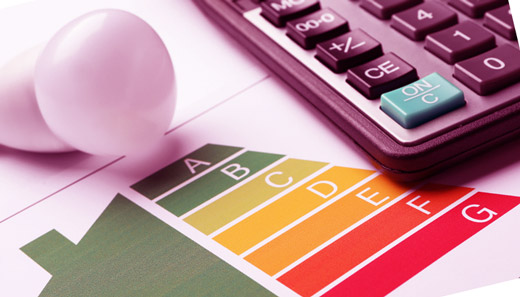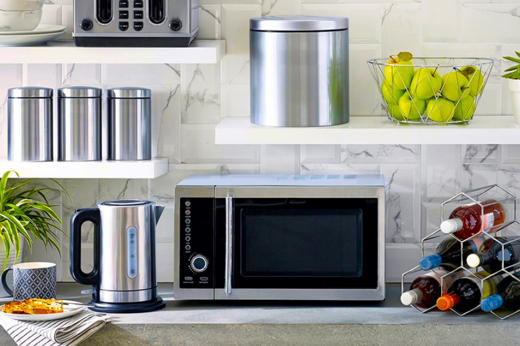Read more
People are looking for ways to save money this winter because the cost of living is going up quickly and the price of energy is still through the roof. So, there has been a lot of focus on how energy efficient your appliances are and how the more energy efficient your home appliances are, the more you can save on your energy bills. But when it comes to energy-efficient appliances, a lot of people are confused about what they are and how they can save you money on your energy bills over time.
This guide breaks down all the basics, including what energy-efficient appliances you should look for, what energy ratings mean, how energy ratings are calculated for each appliance, and how to make your home appliances as energy-efficient as possible per use.
Energy ratings
First, it's important to understand what an energy rating is and how it works. An energy rating is a way to measure how energy-efficient an appliance is by looking at how much energy it uses. Their main goal is to make it easy for customers to understand how much an appliance will cost to run and how much carbon dioxide it will produce over time.
The energy label used all over Europe is a simple system that goes from A to G. When an appliance has an energy rating of "A," it means that this particular appliance is the most energy-efficient one possible. An energy-efficient appliance with an A rating uses the least amount of energy and puts out the least amount of carbon dioxide. Because of this, it saves you the most money on your energy bills. Compare this to an energy-efficient appliance with a G rating, which is one of the least energy-efficient on the market. This means that a G-rated appliance will use the most energy and give off the most carbon emissions. It will also cost you the most on your energy bills.
As a general rule, you will save the most money on your energy bills with appliances that have an energy efficiency rating of C or higher. Most of the time, the lower the energy rating of an appliance, the less it will cost. Now, this may seem like a great deal, but it's important to think about how much it will cost to run and how much it will be worth in the long run. For example, a G-rated appliance may be cheaper to buy than an A-rated appliance, but you should think about how long it will last, how often you will use it, and how much it will cost to run. Most of the time, when you add up the costs, the A-rated appliance will save you ten times as much over time and is usually the better deal if you want to save money on your energy bills.
How to read the energy labels on appliances
When you go to a store that sells appliances or look closely at your own home appliances, you will often see a large white label with the European energy rating A to G code. This A–G rating is shown in a rainbow color code, with A being green and G being red. This makes it easy for customers to see at a glance how energy efficient the appliance they are looking at is.
On these energy rating labels, you might find the following information:
Energy Rating: The A to G rating shows how well an appliance uses energy.
Energy Use: Your appliance's label will tell you how much energy it uses in kWh. This is helpful because it lets you figure out how much this appliance will add to your electricity bill. Depending on the appliance, there are different ways to figure out how much energy it uses. We will talk about this in more detail later in the guide.
Manufacturer Model Information: This is where you can find the most important information about your appliance. It is usually at the top of the white label.
QR Code: The label will also have a QR code that, when scanned, will take you to the website of the appliance maker, where you can find out more.
How each appliance's energy rating is worked out
Energy ratings are based on how much energy an appliance uses, but the tests that are done on each appliance can be different depending on which manufacturer is doing the calculations. When looking at kWh, a good rule of thumb is that the fewer units of energy it uses, the better its rating and the fewer carbon emissions it will make. The tests for each kind of appliance are different and are based on:
In the case of washing machines, the energy rating is based on how much energy it uses in eco mode over 100 cycles.
Dishwashers: The energy rating is based on how much water and energy the dishwasher uses over 100 eco cycles.
The energy rating for refrigeration appliances is based on a number of things, such as the size of the appliance and how many features it has.
Cookers: The energy rating is based on how big the cooker is and how much energy it takes to heat a brick to 55 degrees Fahrenheit.
How to figure out how much it will cost to run your appliance
To figure out how much it costs to run your appliances, you must first figure out how much electricity each one uses. Use the following formula to figure out how much power an appliance needs:
Wattage (kWh) times hours of use = how much power an appliance uses.
For example, you can use a refrigerator 24 hours a day, 365 days a year for a whole year. You would have to look at the energy-efficient label on your fridge to find out how many watts it uses and then multiply that number by the number of hours in a year.











0 Reviews